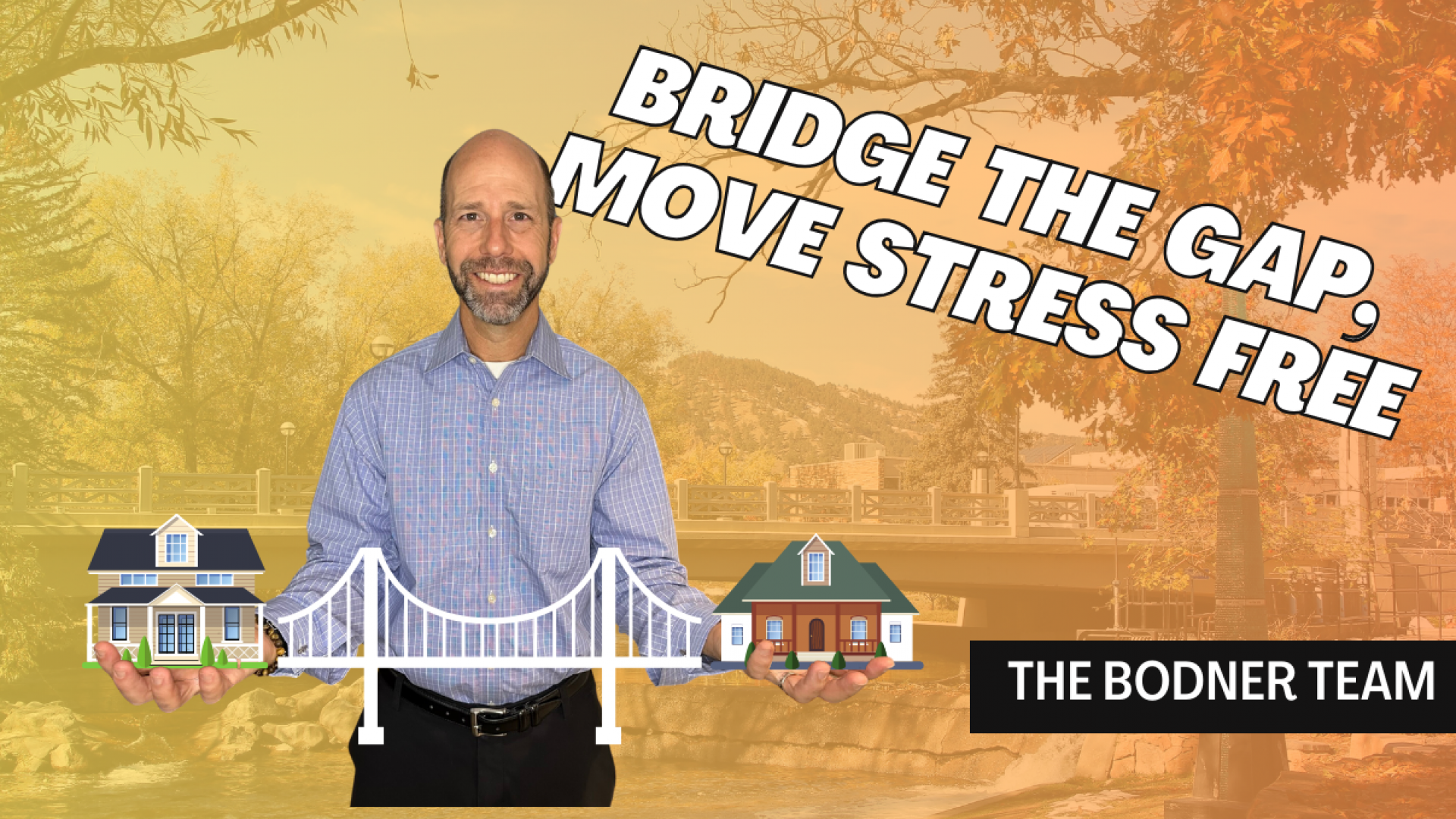One of the largest challenges that I have found for homeowners that want to rightsize (upgrading, downsizing or making a strategic move in real estate), is coming up with the down payment for the new home. As we have seen a significant amount of appreciation over the years, many homeowners have hundreds of thousands of dollars of equity in their home which they plan to use as a down payment. But, how do you access your equity? The traditional way to do this when you are rightsizing, would be to sell your current home first, then purchase your replacement home next. However, this requires either moving two times or doing what is called a rent back after you sell your current home and hope that you find your new home prior to the rent back period ending. As we age, and accumulate more “stuff”, moving two times becomes extremely inconvenient and financially burdensome. This is where the bridge loan becomes a wonderful financial solution.
Bridge loans are a financial tool designed to bridge the gap between the purchase of a new property and the sale of your existing one. Whether you're upgrading, downsizing, or making a strategic move in the real estate market, bridge loans can offer flexibility and convenience to ensure a seamless transition. A bridge loan allows you to buy a new home, move into the new home, then sell your old home after your new purchase. You can move directly into the new home without having to move into a temporary home or try to negotiate for a rent back from the new buyers.
Generally speaking, a bridge loan will allow you to borrow up to 75% (depending on lender’s terms and guidelines) of the combined home values between the current home and the new home that is being purchased. Therefore, if you have a significant amount of equity in your current home, a bridge loan can be a great option to purchase a new home once again without having to sell your current home first. Once you move into the newly purchased home, you would sell your previous home and take the proceeds from the sale to pay down or pay off the bridge loan. Most bridge loans do require monthly mortgage payments, some lenders allow these payments to be interest only to help reduce payments until the loan is paid off. After you sell your prior home, if your proceeds were not enough to fully pay off the bridge loan, you can then refinance the balance into a reverse mortgage or a traditional mortgage.
Historically, lenders and banks did not typically offer bridge loans and they were only available through private lenders. However, some local banks and local lenders (like my company) now offer bridge loans which helps many homeowners solve this problem of rightsizing to a new home. Statistically speaking 88% of older homeowners would prefer to age in place. However, only around 3.8% of homes are set up and appropriate to age in place safely and comfortably. Therefore, a bridge loan can be a great tool for homeowners to move from their current home to their forever home.





